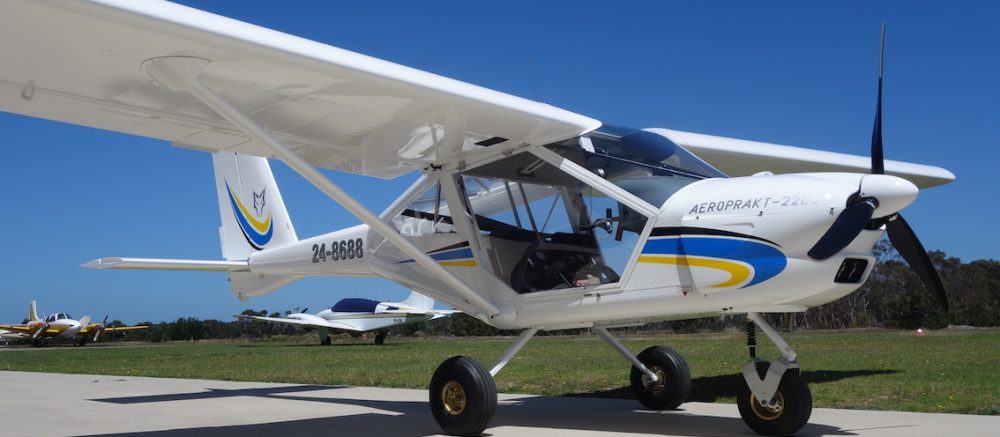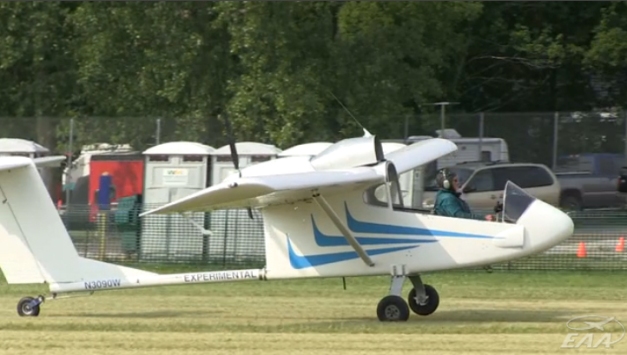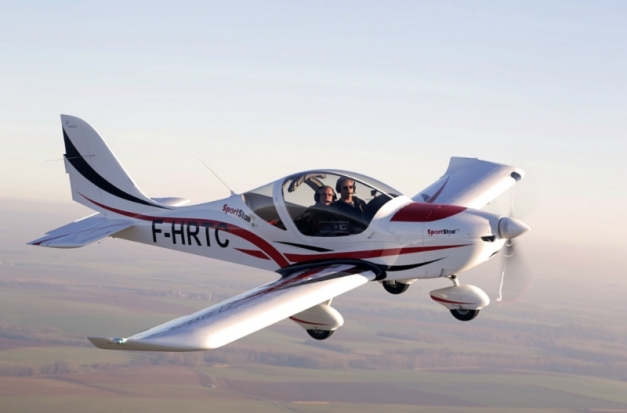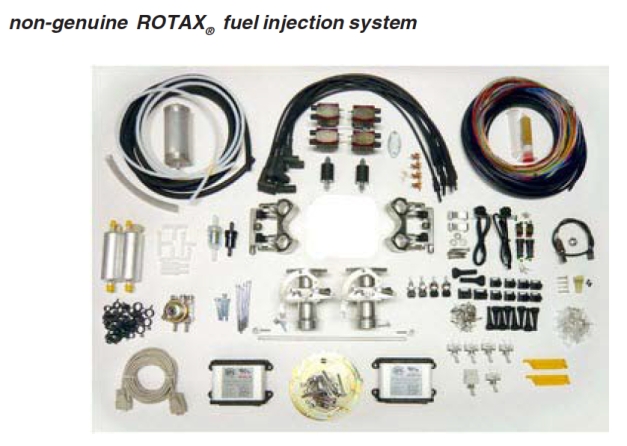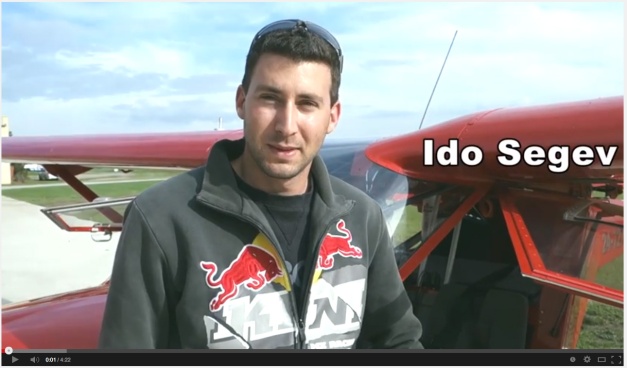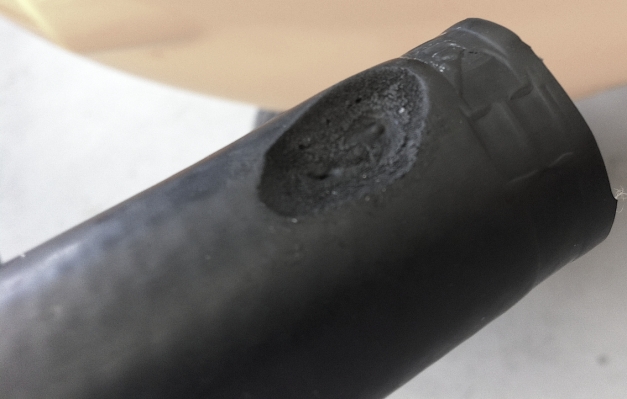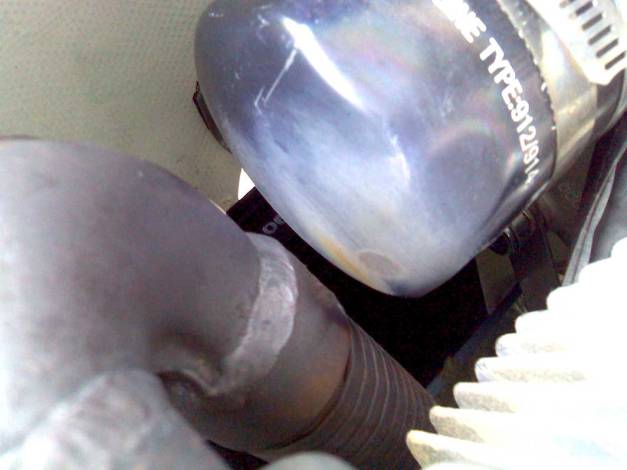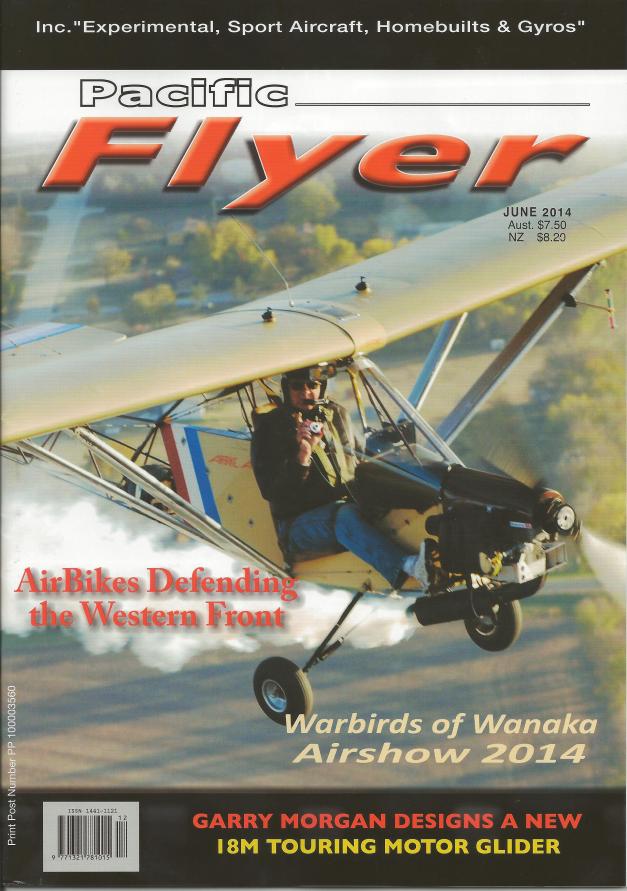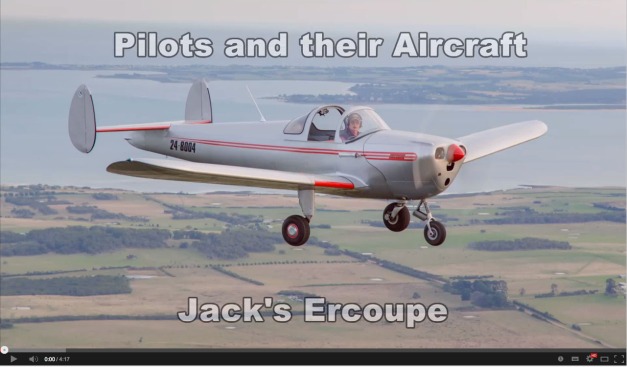 Today I went to the e-Go Centre in Cambridgeshire, UK – home of an ultra-modern single seat aircraft – the e-Go Aeroplane. Click here for information in a previous post: e-Go Aeroplanes.
Today I went to the e-Go Centre in Cambridgeshire, UK – home of an ultra-modern single seat aircraft – the e-Go Aeroplane. Click here for information in a previous post: e-Go Aeroplanes.
I met CEO, Adrian Hillcoat and Sales & Marketing Manager, David Boughey, seen L-R in the photo here, with the currently dis-assembled e-Go prototype.
We spent 2-3 hours looking around their facility and discussing the technical aspects of their aircraft, testing schedules and production plans, as well as potential interest in Australia.
For testing purposes, the prototype has been fitted with a wonderful array of strain gauges and computerised data logging equipment. There’s nothing that’s not recorded – flight speeds, engine parameters, flight envelope, heights, airframe stresses under different flight conditions, even a complete GPS track of each and every flight. Every time an aspect of the design is changed, it’s checked and tested to ensure the desired improvement is delivered.
Although technically the aircraft fits into the UK ‘deregulated’ class – i.e. single seat with maximum weight, wing loading and stall speed limitations – the aircraft is being finalised to be capable of LSA compliance and maybe even full certification at a later date.
e-Go is aiming for production to be started during the first quarter of 2015 – much of the first year’s production has already been sold.
The aircraft will appeal primarily to the buyer looking to put some extra fun into their flying. Owners will include GA and LSA pilots who already own a more staid bigger aircraft; or perhaps owners of a fast car, motorcycle or boat, who want to add a third dimension to their fun; and even maybe glider pilots, who will find they can ‘thermal’ the aircraft and who will feel instantly at home in the glider-like cockpit.
Although the aircraft is not primarily intended for long cross-country flights, there will be space for an overnight bag behind the seat, as well as other stowage for water, maps and other items in the cockpit. Duration of the aircraft is projected to be around 3½ hours plus reserve, at 90-100 knots, so you could go places if you really want to. However, the primary purpose of the aircraft is to give the weekend flyer a big grin – the test pilot’s partner says his smile after each flight is enough to light up a sizeable town!
Towards the end of the meeting, Adrian, David and I considered for some time a variety of different purchasing options, to make ownership or part ownership a relatively easy and affordable process. There are some interesting possibilities to think about.
Personally, I believe this is one of the more exciting developments in very light aviation in a long while – the e-Go company is well funded, has a wealth of design and technological excellence, and the aircraft itself looks very good – and by all accounts, flies even better.
I think they will have no problem selling every one they can make…….watch this space!
Click here for the e-Go Aeroplane website
